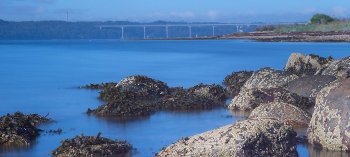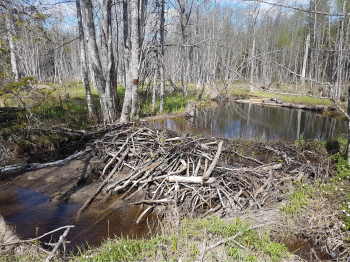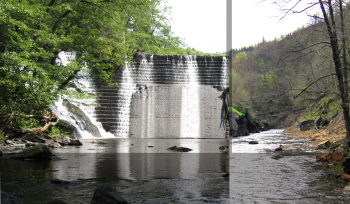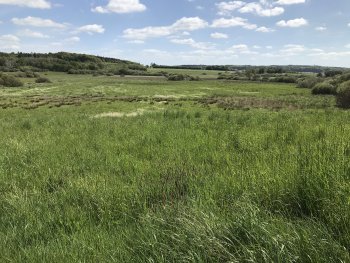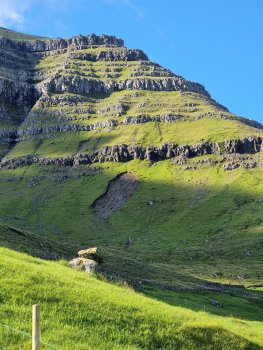Restoring a Healthy Vejle Fjord
The environmental condition of Vejle Fjord has been categorized as bad in the inner and outer fjords. For the past 40 years, the Vejle Fjord has struggled to mitigate the runoff from industries and cities around the area, causing eutrophication and biodiversity loss.
The 5-year-project (2020-2024) was initiated by the Nature and Environment Committee and the Board of Directors for Vejle Ådal & Fjord, with a budget of 25 mio. DKK. The project aims to improve the ecological condition of the fjord and strengthen biodiversity by:
-
Restoring eelgrass beds
...

